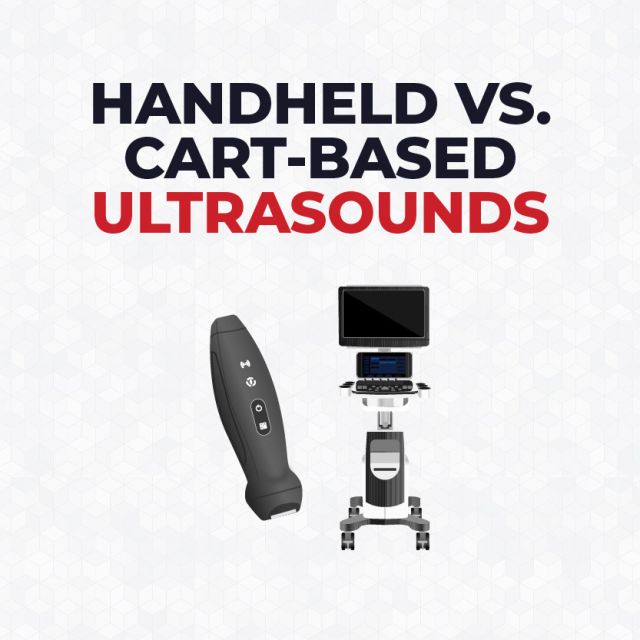Best Practices for Ultrasound Probe Care
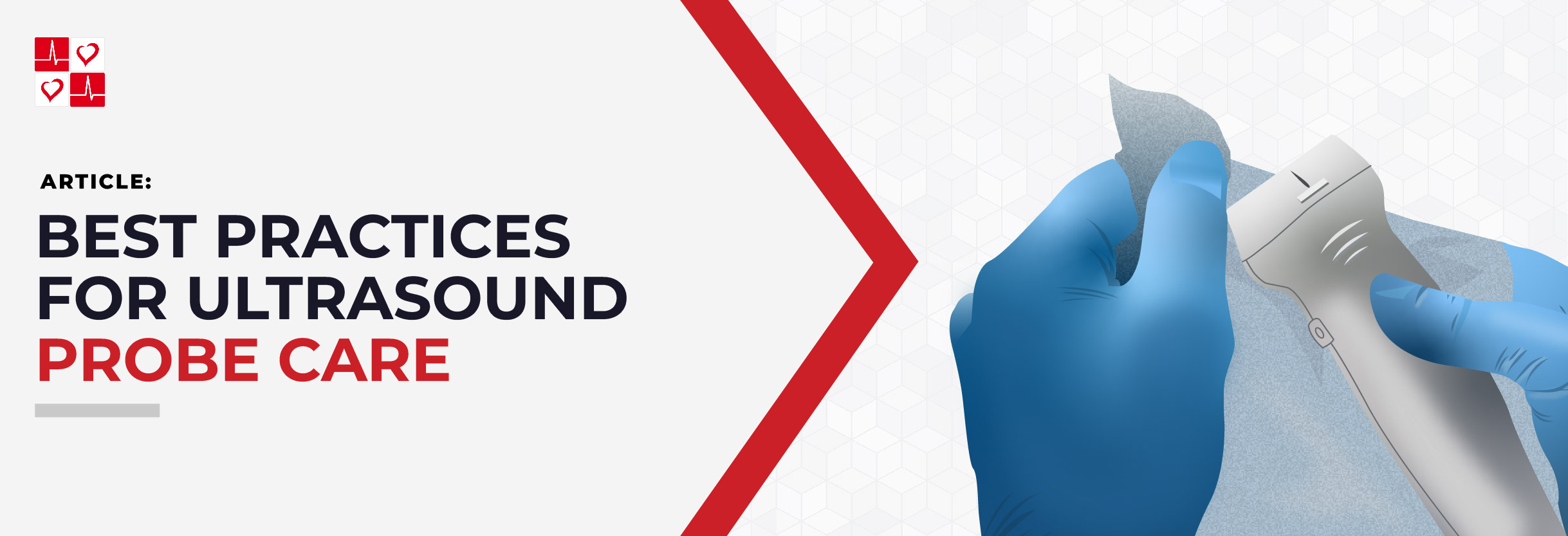
Introduction
Ultrasound probes are a core component of an ultrasound machine, and maintaining them is crucial for ensuring high-quality imaging and reducing long-term costs. This guide provides key practices for handling, cleaning, and maintaining ultrasound transducers to extend their lifespan and ensure optimal performance in clinical settings.
Sensitivity of Ultrasound Transducers
Ultrasound probes are designed with delicate crystals that emit and receive ultrasound waves. The crystals inside are sensitive and must remain in excellent condition for accurate imaging. Even minor damage such as bumps or cracks can degrade image quality. Additionally, dropping the transducer or using harsh chemicals can result in costly issues.
Routine Cleaning and Disinfection
After every use, transducers must undergo thorough cleaning and disinfection to prevent cross-contamination and maintain imaging quality.
In addition, using cleaning agents that are not manufacturer-approved can lead to the erosion of the probe. Always ensure that you’re following the manufacturer’s recommendations for cleaning procedures.
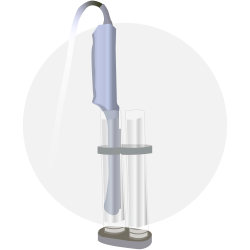
Handling and Storage
Proper handling is one of the easiest ways to prevent damage, but it’s also the easiest step to overlook. Pulling on cables or dropping the probe can lead to internal damage, resulting in poor image quality.
When you’re done using the probe, store it properly. Use the designated holders or racks, and avoid any unnecessary bending of the cable. Over time, even small bends can cause the wires to fray, leading to signal loss.
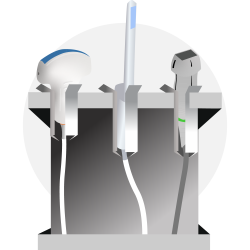
Inspecting for Damage
Regular inspection is vital to ensuring that transducers remain in top working condition. After each use, check for visible signs of wear such as scratches, cracks, or any subtle changes in image quality. Even minor wear can lead to inaccurate readings or complete transducer failure.
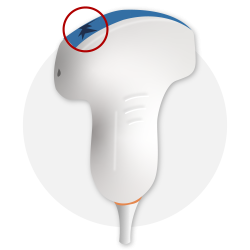
Preventing Cross-Contamination
Cross-contamination between patients is a serious risk. It’s easy to forget in a busy setting, but patient safety comes first. Using single-use covers and sterile gels can minimize the risk of infection, especially when using endocavity probes.
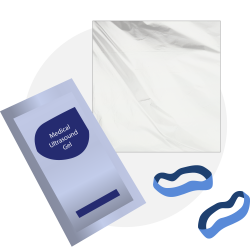
Avoiding Harsh Chemicals and Liquid
One of the biggest and most common mistakes is using harsh cleaning chemicals that can damage the transducer. Additionally, submerging connectors in liquid can ruin the entire system. Adhering to manufacturer instructions will help avoid costly repairs and prolong the life of the equipment.
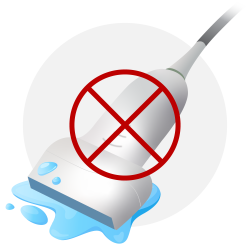
Closing
Caring for all your different ultrasound probes is about more than just extending their lifespan. It’s about making sure your patients receive the best care possible. By cleaning, storing, and handling transducers properly, you ensure they perform at their best when you need them most. The next time you’re wrapping up an ultrasound session, take the time to clean, inspect, and store your probes properly.







